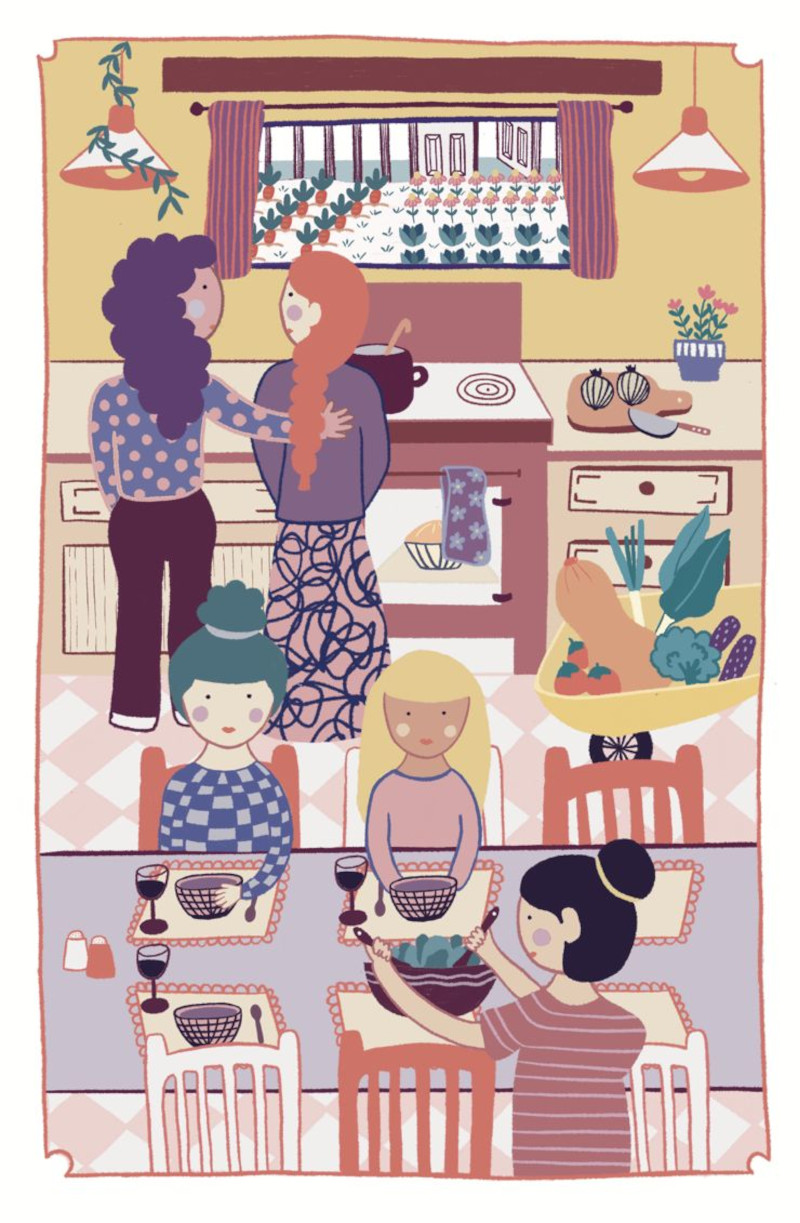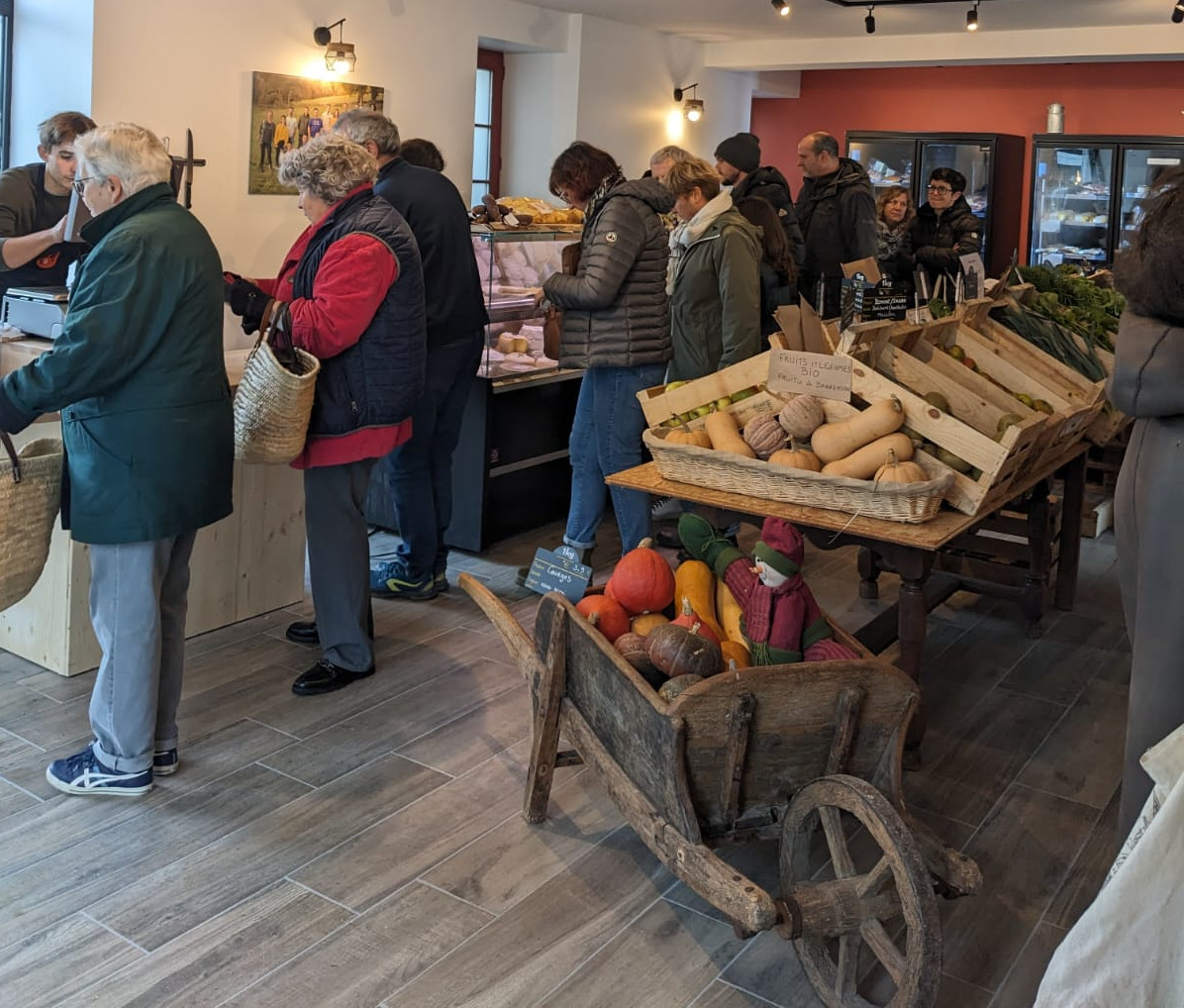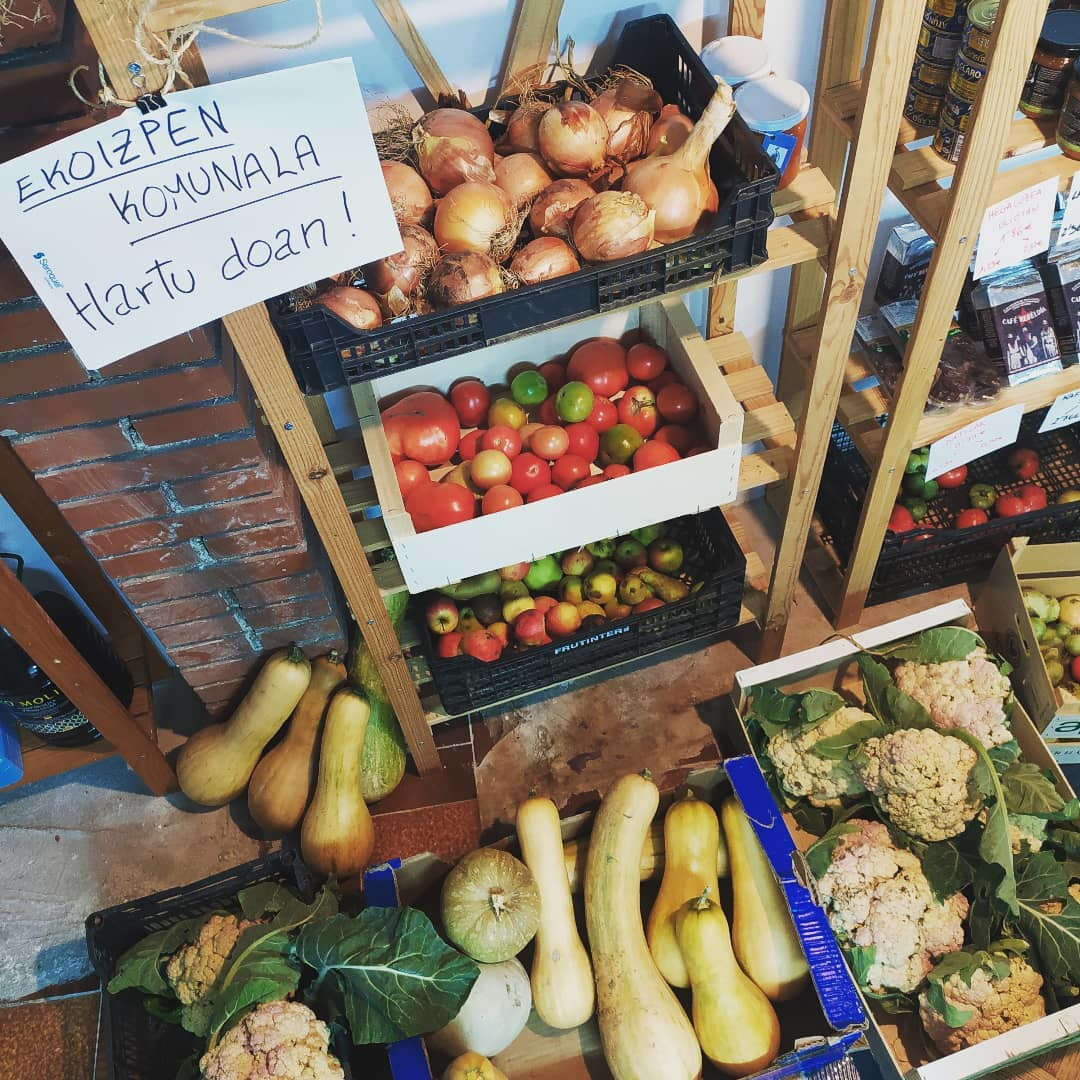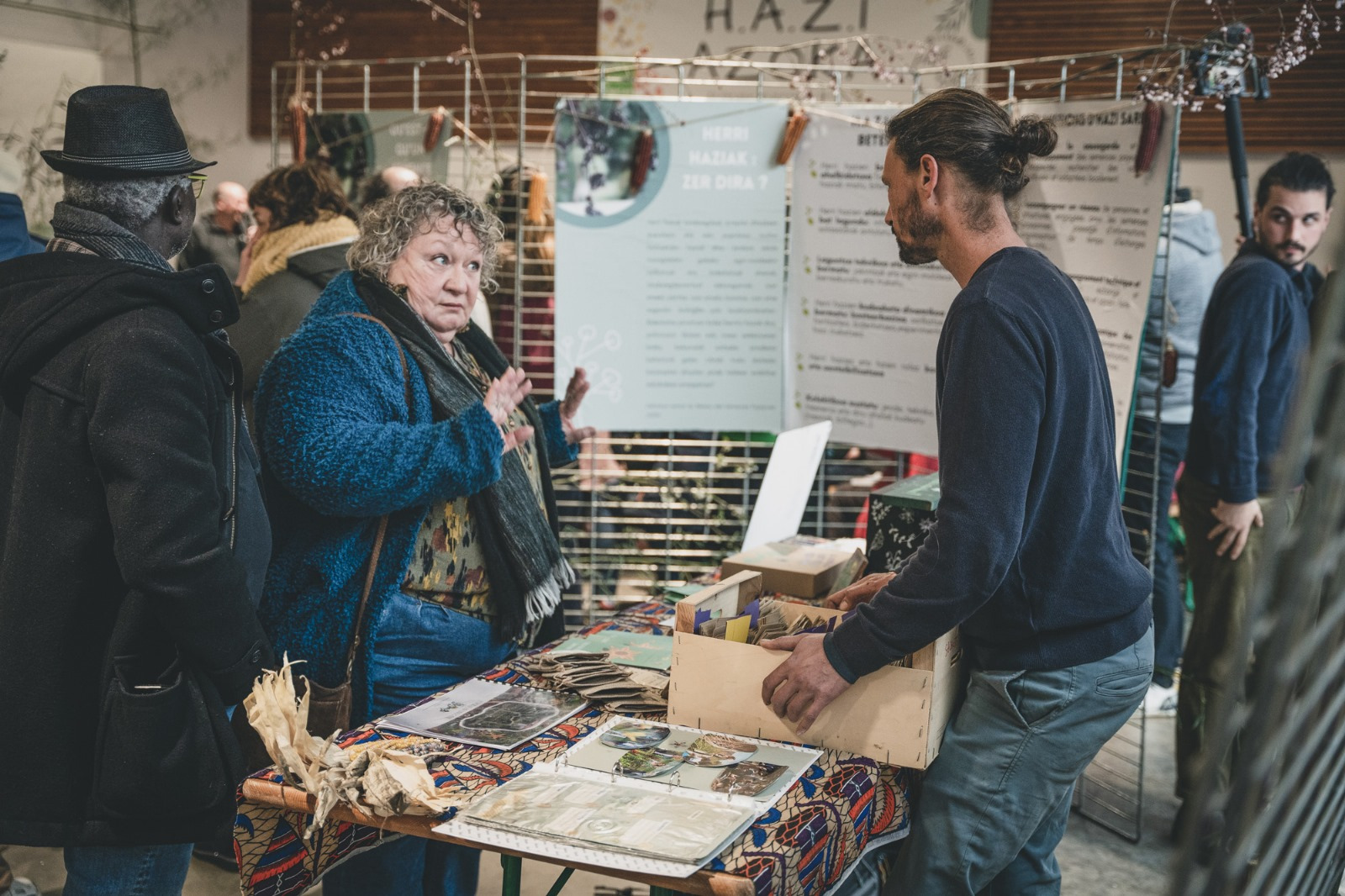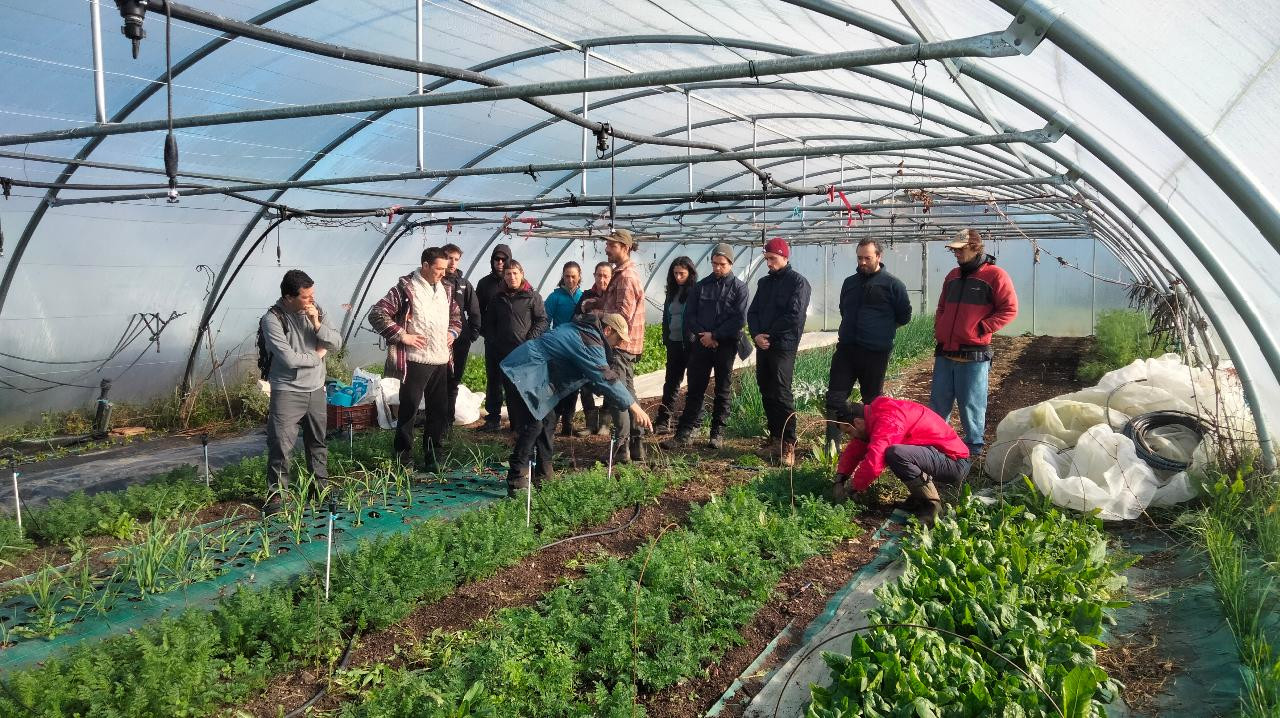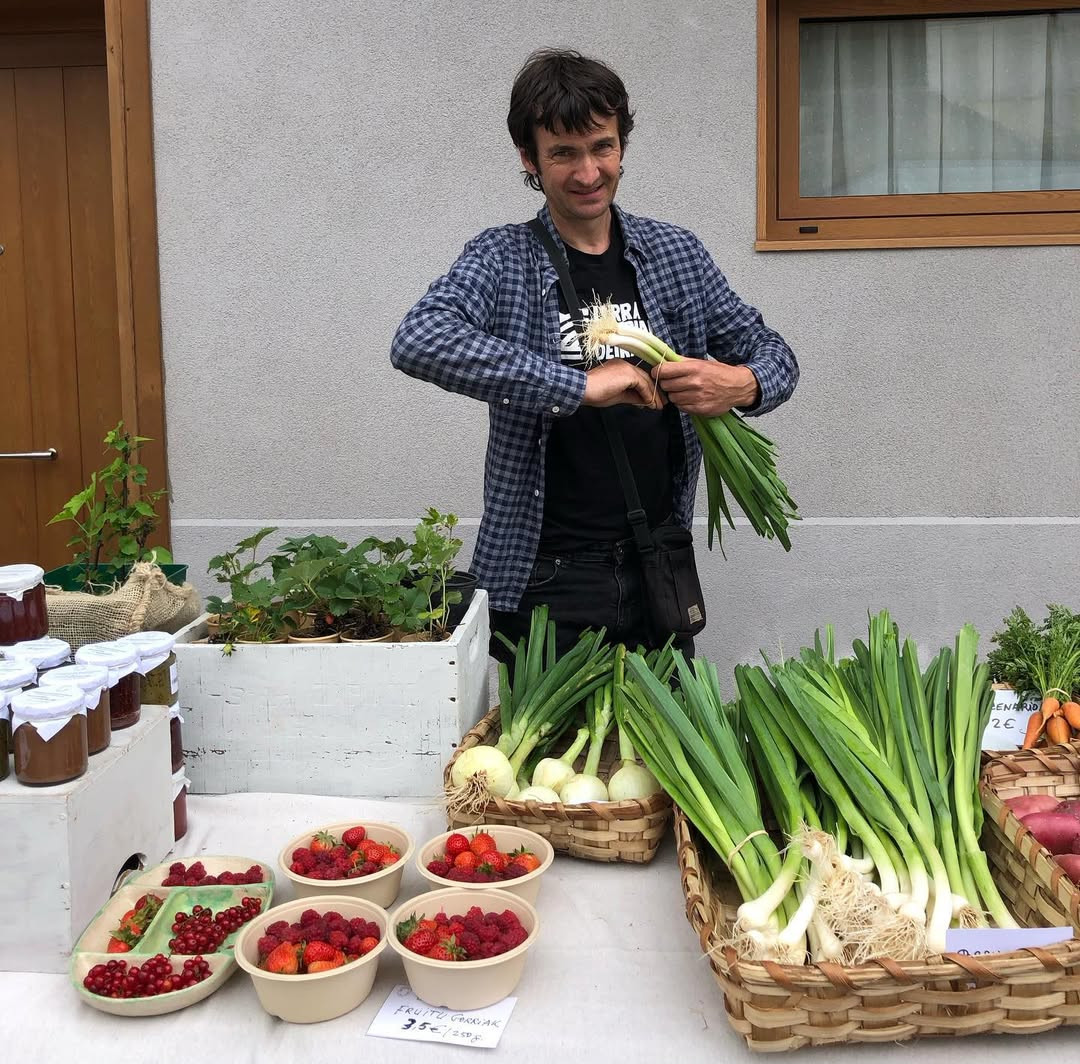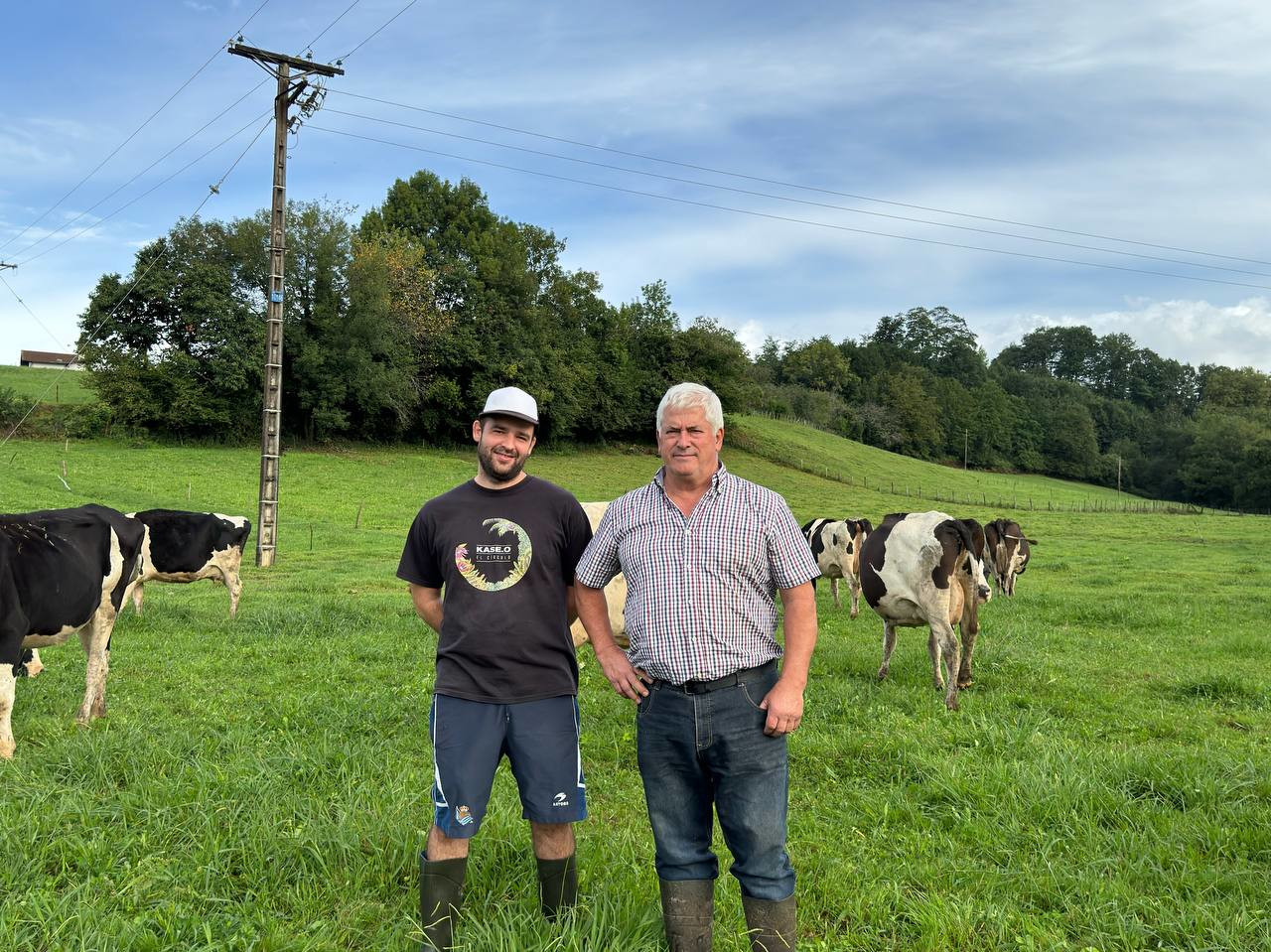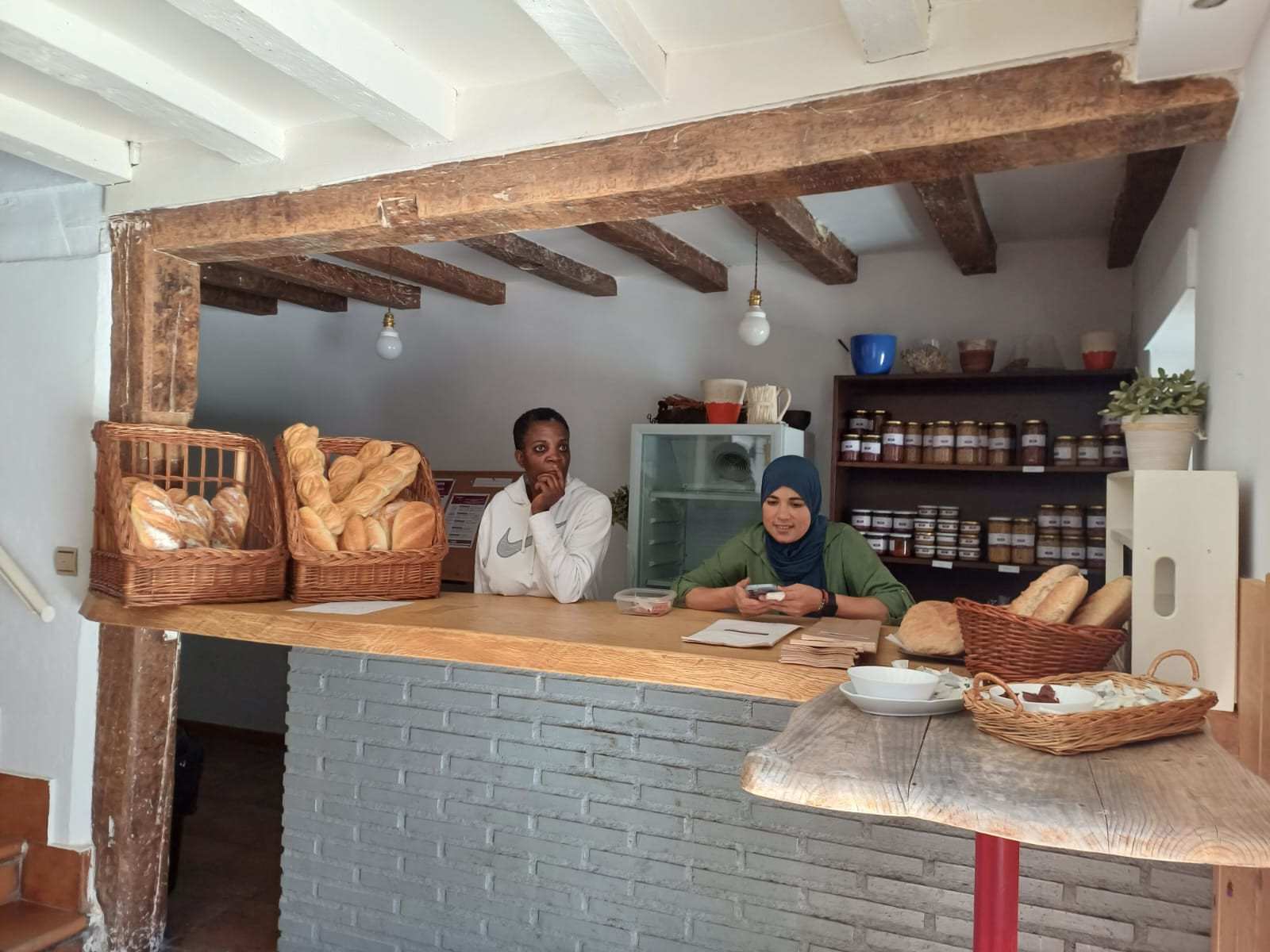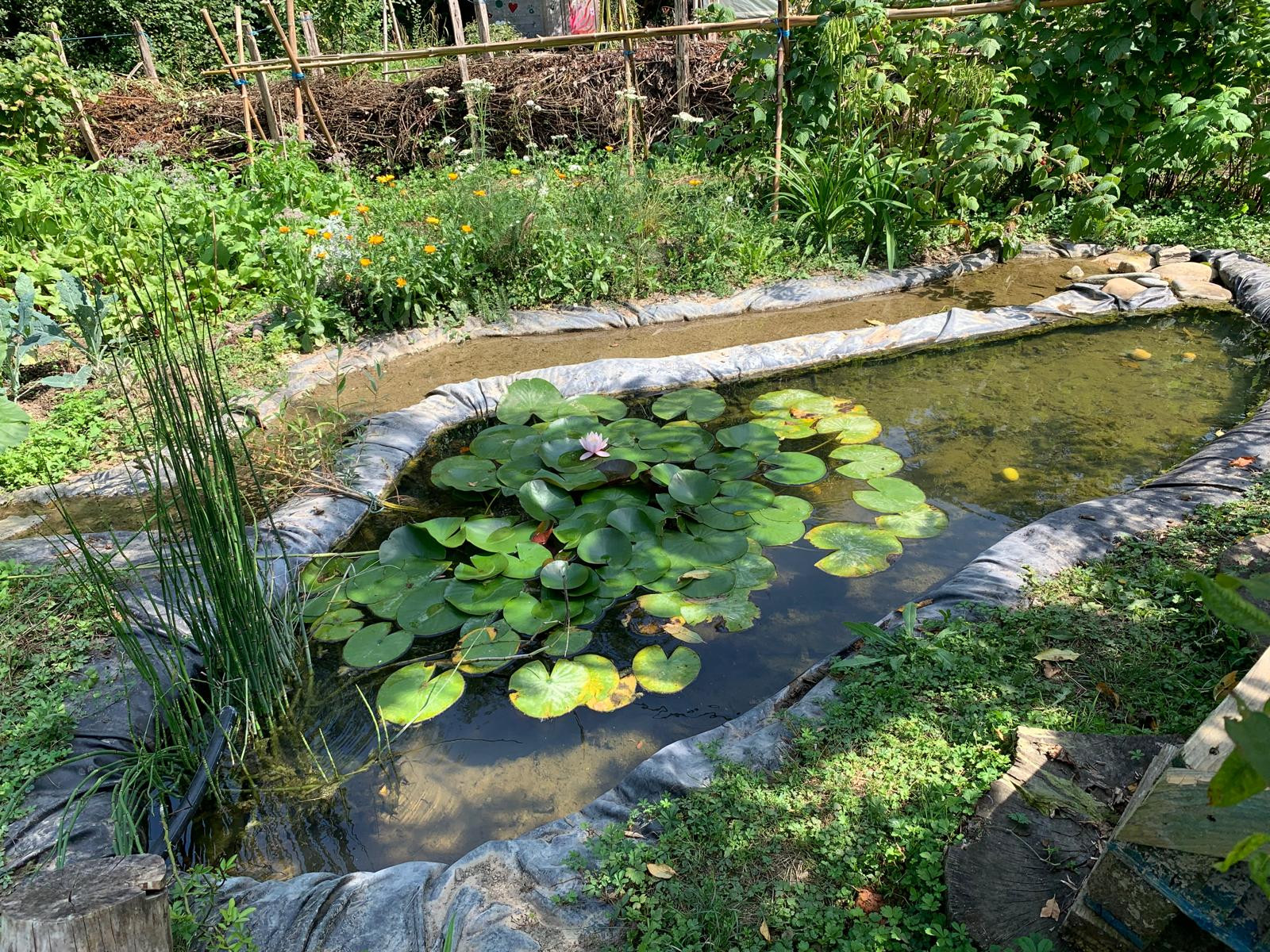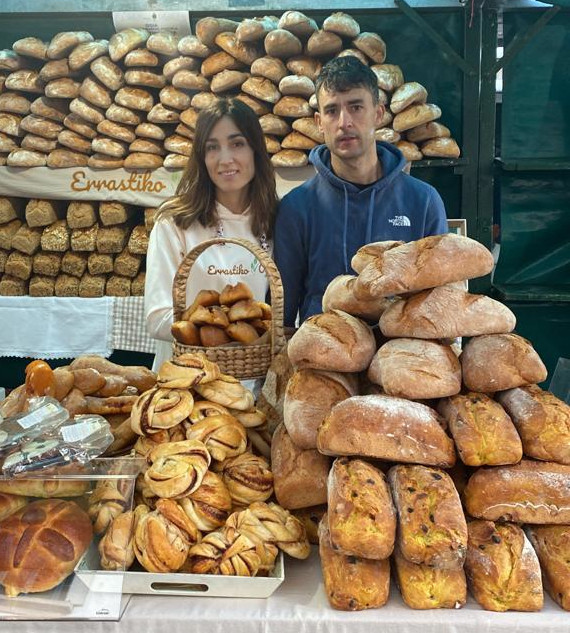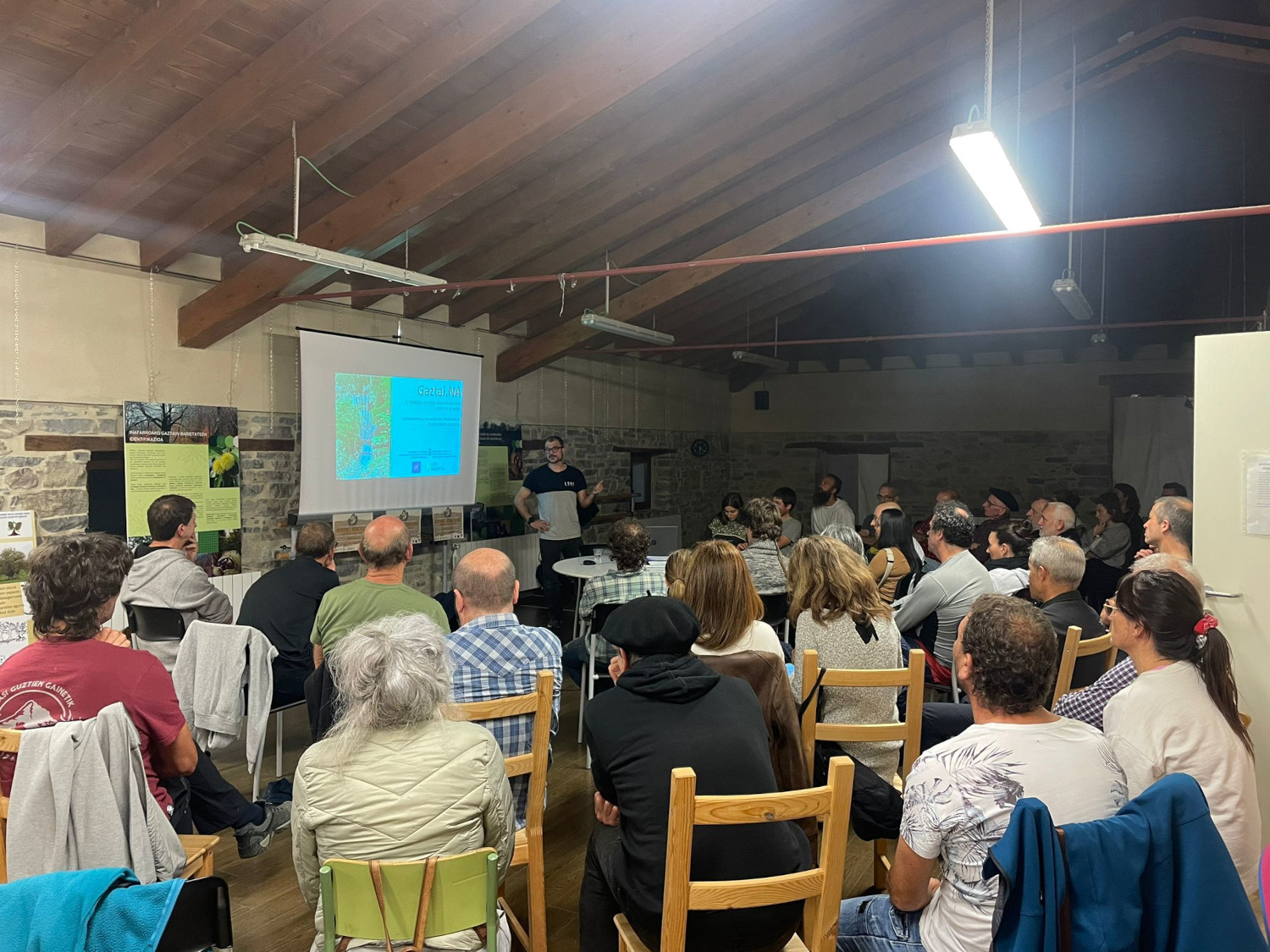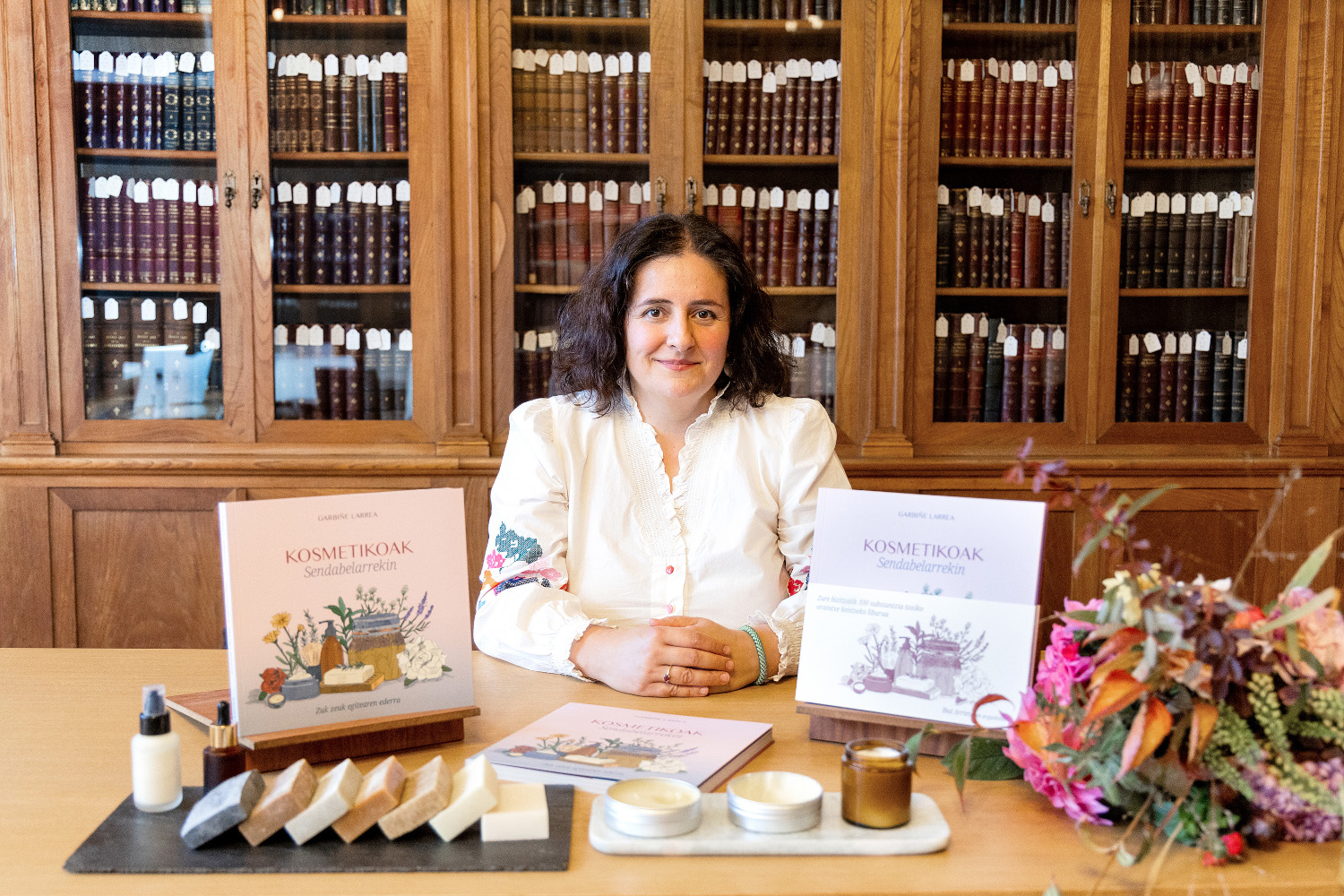The pimiento of Ibarra protagonist of the anthropological work
- The book Piparra tells the story of pepper, the experiences of people and producers, recipes, photos and countless other things.

There is a special sensitivity in Ibarra with pepper, it has a great adhesion on the part of the citizens”. The ibartarra anthropologist Josu Ozaita Azpiroz is the author of the book Piparra, which has just been published by the bilbain publisher. If for something the people of Ibarra are known for their peppers, but the lack of in-depth studies on food was appreciated by the association of the 789 people associated with bell pepper: the need for a theoretical basis on the product, elaborated from the historical and anthropological point of view. At that time, Ozaita performed the Final Anthropology Degree Work of the last year, around the bell pepper. After the end of the race, at the end of 2016, the City Council formalised a contract and started a more thorough investigation. The book is the result of research.
From an anthropological perspective
“I’ve worked from anthropology: I’ve been reading about food anthropology, I’ve worked on the symbolic aspect and I’ve collected the story.” In the book, Ozaita has dedicated a section to the history of pepper. The story has been reported through interviews with older people and local producers: “In times the pepper was in a corner, as something special. It was used to flush, dry, and throw the zucchini.” In those times when I had no prestige at present.
At the beginning of the 20th century, pepper existed in the orchards of Ibarra, and over the years, Ozaita says that the variety was gradually naturalized: it has adapted to the local climate and has acquired its characteristics and properties. In the second decade of the 20th century it was already usual to eat peppers on St. Bartholomew's day, and that was when people from the surrounding villages began to approach Ibarra to eat pepper. However, he explained that Ibarra's big pepper boom occurred in the 1990s: “The account of the name Langostino was then created by those of the bar Txumitxa, made people graceful and so it was gaining fame.”
Festive food
Ozaita has emphasized that any cultural initiative of Ibarra is celebrated around the pepper, and that even the most important day of the festivities, St. Bartholomew's day, at 12:00 noon, all the neighbors gather in the plaza to eat peppers. The bell pepper market is also held every year and a pintxos competition is held with this dish. “The recipes of pintxos that for years have prepared famous cooks were not collected anywhere, and we have also collected them in the book: recipes and photos of pintxos,” explains Ibarra’s.
Stories, experiences of neighbors and producers, recipes, photos, etc., are some of the themes that are included in the book Piparra. The theme of the book is local, but it has a very broad perspective, so it can be of interest not only to the neighbors of Ibarra, but also to all those who like gastronomy or the garden world. Its main objective is to value and disseminate the culture of pepper.
Emakume bakoitzaren errelatotik abiatuta, lurrari eta elikadurari buruzko jakituria kolektibizatu eta sukaldeko iruditegia irauli nahi ditu Ziminttere proiektuak, mahai baten bueltan, sukaldean bertan eta elikagaiak eskutan darabiltzaten bitartean.








